#Bertone
Used Car of the Day: 1988 Volvo 780 Bertone
Today we're going north of the border to the home of our parent company to bring you this 1988 Volvo 780 Bertone.
Rare Rides Icons: Lamborghini's Front-Engine Grand Touring Coupes (Part XII)
Ferruccio Lamborghini finally realized his dream of a proper four-seat grand touring coupe with the introduction of the Espada in 1968. The Espada entered production after a long and difficult styling process, which occurred simultaneously with a long and difficult engineering process. After multiple restyling attempts (and the use of a canned Jaguar coupe design), the Espada was produced in its Series I format from March 1968 to November 1969.
Rare Rides Icons: Lamborghini's Front-Engine Grand Touring Coupes (Part XI)
It was a long, uphill battle to get the Espada into production. Seemingly no designer would deliver on Ferruccio Lamborghini’s desire for a four-seat grand touring coupe. While style was fine, outlandish design was unacceptable. Yet designers disappointed him on the Islero (which was supposed to be a real four-seater) and fought him on what became the Espada.
Marcelo Gandini at Bertone was forced to redesign the Espada more than once to comply with Lamborghini’s wishes, even though its Jaguar Pirana looks stayed intact. Gullwing doors were a favorite feature of Gandini’s, but Ferruccio declared they were ridiculous and impractical for such a car. And while the styling was being settled, there was quite a bit of new engineering taking place for the Espada, too.
Rare Rides Icons: Lamborghini's Front-Engine Grand Touring Coupes (Part X)
In 1968, Lamborghini launched two new front-engine grand touring coupes at the same time. It was only the second time the company introduced two new models in the same model year. The two cars in question were the restrained and conservative Islero 2+2, and the larger more in-your-face Espada. While we covered Islero’s rapid demise previously in this series, the four-seat Espada had a much more successful life.
It was the realization of a large four-seat coupe from company founder Ferruccio Lamborghini, who’d wished for a car of said type since the company’s inception. The short-lived Islero turned into a last-of-moment for Lamborghini, as its sales flop proved the company with the raging bull logo was better served by more exciting, outlandish designs.
We covered Espada's styling in our previous entry. Penned by Marcelo Gandini at Bertone, the Espada was nearly a Xerox copy of the Jaguar Pirana concept, at 125 percent magnification. But its large size and generous interior space for four caused some new challenges for Lamborghini’s engineers; the road to the production Espada was not a smooth one.
Rare Rides Icons: Lamborghini's Front-Engine Grand Touring Coupes (Part IX)
We return to our timeline of front-engine Lamborghini GT coupes, but take a step back in time. Our last entry left us at the conclusion of 1969 when the slow-selling Islero ground to a halt. Dealers had a difficult time shifting all 225 examples of the Islero, comprising 125 regular Isleros and 100 of the upgraded Islero S.
Ferruccio Lamborghini dictated the Islero’s restrained and elegant design to Mario Marazzi, after several concepts to replace the aged 400GT did not meet with the boss’s approval. What Lamborghini was really after was a four-seat grand tourer in the finest tradition of grace and pace. The Islero fit most of those qualifications, but was a 2+2 and (as mentioned) almost impossible to sell. Luckily, there was another front-engine Lamborghini GT that debuted at almost the same time as Islero in 1968. Say hello to Espada.
Rare Rides Icons: Lamborghini's Front-Engine Grand Touring Coupes (Part VI)
We pick up our Lamborghini front-engine grand touring coverage at a time of design disappointments. Though the exotic Miura gave the company instant notoriety as it simultaneously created the super car class, the company’s other model was due for replacement. A more traditional looking two-door, the 400GT 2+2 was an edit of the 400GT Interim (2+1), which was itself an engine upgrade on the 350GT, the company’s first production car.
Ferruccio Lamborghini anticipated the need for a new design, and went in search of a 400GT replacement around the time it entered production in 1966. Lamborghini turned first to Carrozzeria Touring. But even though they penned the 350GT and 400GT designs, their two-seat shooting brake suggestion, Flying Star II, was not to Lamborghini’s taste.
In fact it was sort of like Touring didn’t read the prompt. An abandoned race car design called the 400GT Monza from Neri & Bonacini was also presented as an option. The firm built Lamborghini’s tube frames a few years before, but that didn’t lend them enough goodwill at Lamborghini to get their design accepted. Time for take three!
Rare Rides: Bertone by Any Other Name, the 1979 Volvo 262C
Today’s Rare Ride is an example of the first time Bertone added heaps of Italian build quality to an ordinary Volvo midsize. We’ve covered Bertone’s second effort ( the 780) long ago, so it’s past time we talk 262C.
Junkyard Find: 1989 Volvo 780 Turbo Bertone Coupe
I’ve documented quite a few discarded Volvos in this series, from the PV544 through the S60, and I never fail to stop and photograph a genuine Italo-Swedish Volvo Bertone Coupe. Here’s the latest, a 1989 780 in a Denver car graveyard over the summer.
Rare Rides: The 1952 Siata Daina - a Mysterious Coupe
Today’s Rare Ride is one of those cars where your author had heard of neither marque nor model before encountering a sale listing. A luxurious early Fifties coupe of Italian origin and simple, elegant coachwork, this Daina is one of six remaining worldwide.
Rare Rides: A 1964 Alfa Romeo Giulia Sprint Speciale
Though Rare Rides featured five Alfa Romeos previously, four of them coupes, none were quite as shapely and stylish as today’s teardrop-shaped subject. It’s a beautiful emerald green Giulia Sprint Speciale from 1964.
Rare Rides: An Elegant 1966 ASA 411 Berlinetta, Founded by Ferrari
A short-lived Italian experiment, the ASA brand was created by Enzo Ferrari himself. Think of it as a stylish Sixties Scion, if you will.
Rare Rides: A Bertone by Any Other Name, the 1989 Volvo 780
What do you get when you cross practical Swedish design sensibility with some Italian flair? You get a very expensive and boxy two-door sedan with a Bertone badge on it.
Presenting the 1989 Volvo 780.
QOTD: Can You Build an Ideal Crapwagon Garage? (Part V: Coupes)
We’re strolling through the various sections of our Crapwagon Garage, and are just over halfway finished with this series (unless I can add extra vehicle segments without any hair-splitting). Each week we’ve scaled somewhat upward in either size or utility — hatchbacks came first, then sedans, trucks, and wagons. But in this fifth entry we pare things back down to cover the Crapwagon coupes of your dreams.
Rare Rides: A 1994 Citron XM From Right Next Door
It has six cylinders, it’s front-wheel drive, and it carries cloth seats and an automatic transmission.
No, we’re not talking about your grandmother’s 1995 Buick LeSabre — today we’re discussing the stylish and French five-door liftback known as the Citroën XM.
Rare Rides: There's a 1973 Alfa Romeo Montreal in - Where Else - Quebec
In our last Rare Rides entry we had a look at the oddball little BMW Freeclimber, a Daihatsu Rugger as edited by Italian design firm Bertone. Small SUVs has never been Bertone’s forte, however. No, the most well-known Bertone designs fall into the sports coupe category.
And here’s a prime example — the Alfa Romeo Montreal.



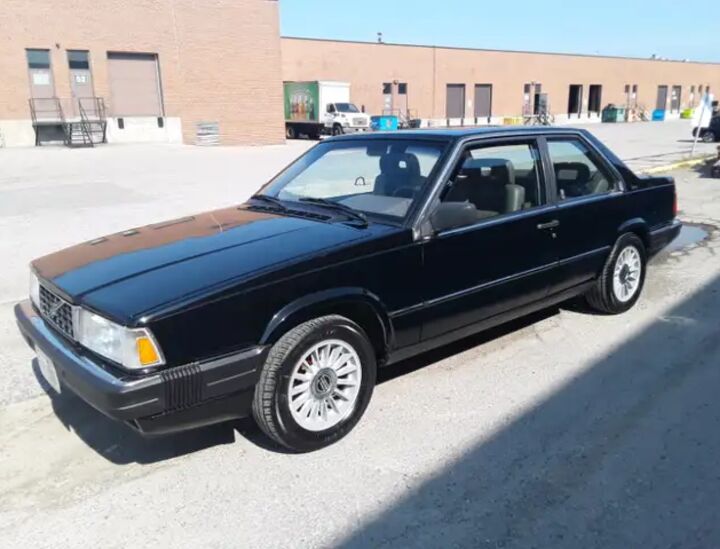

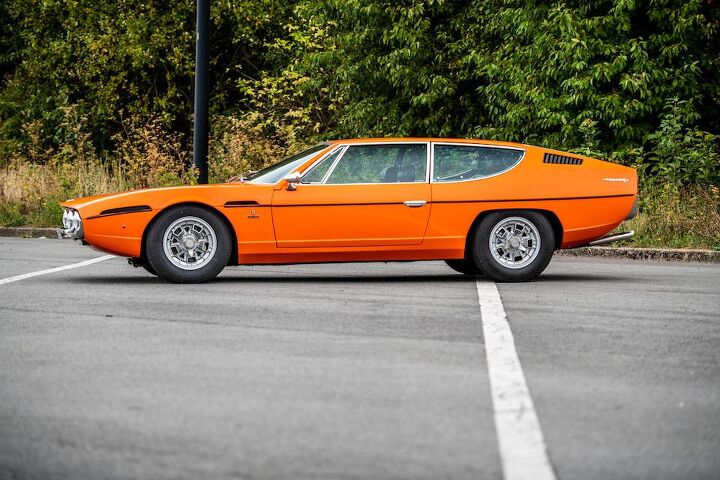
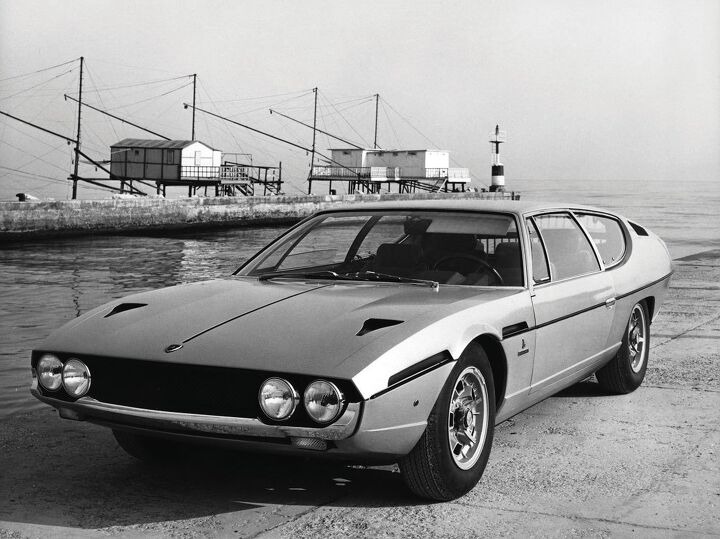
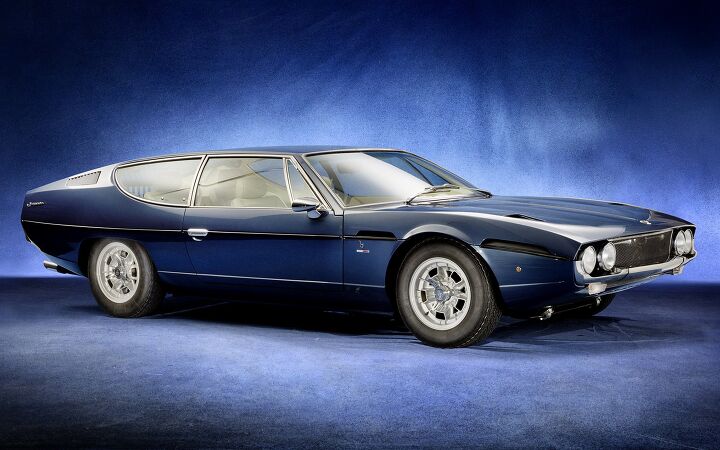
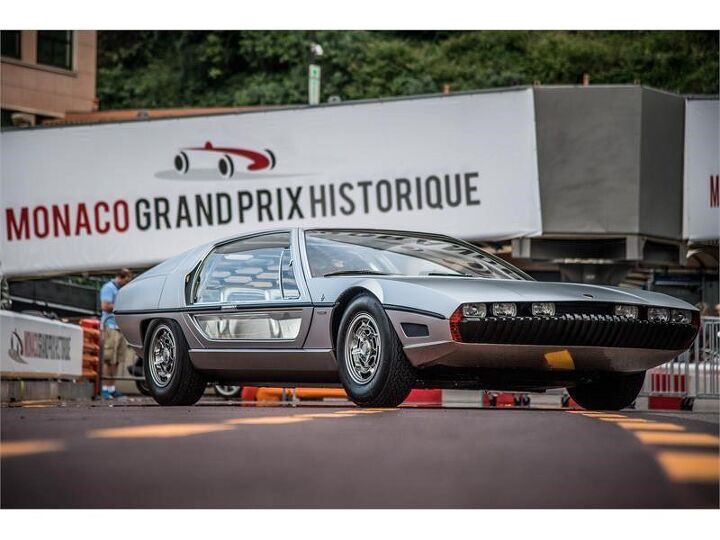
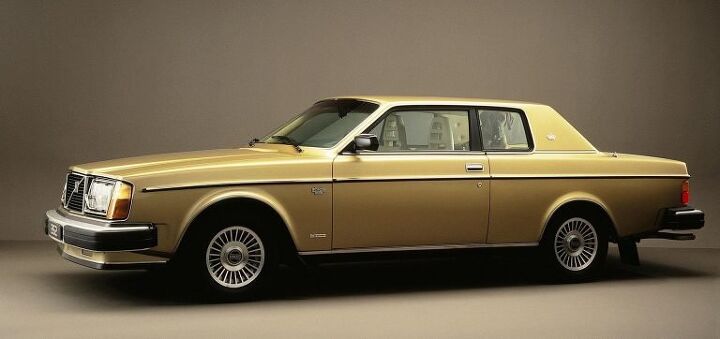


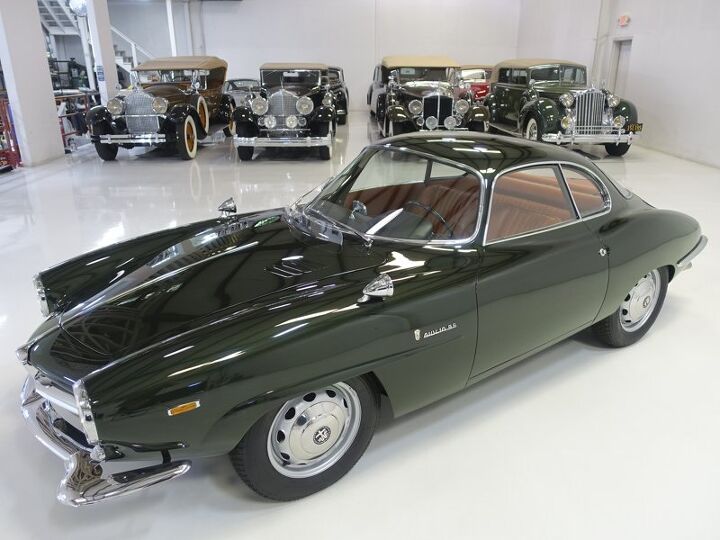
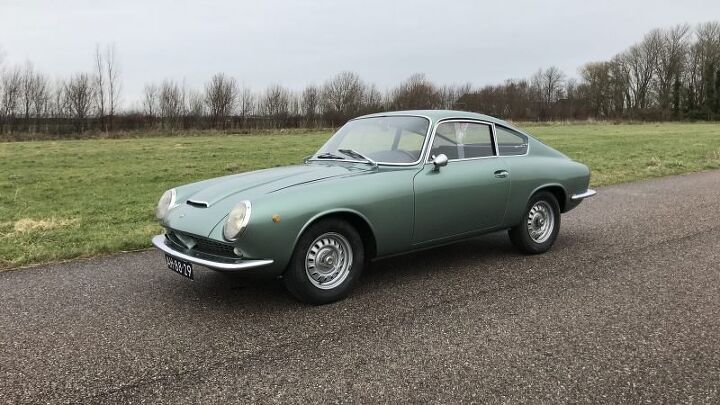
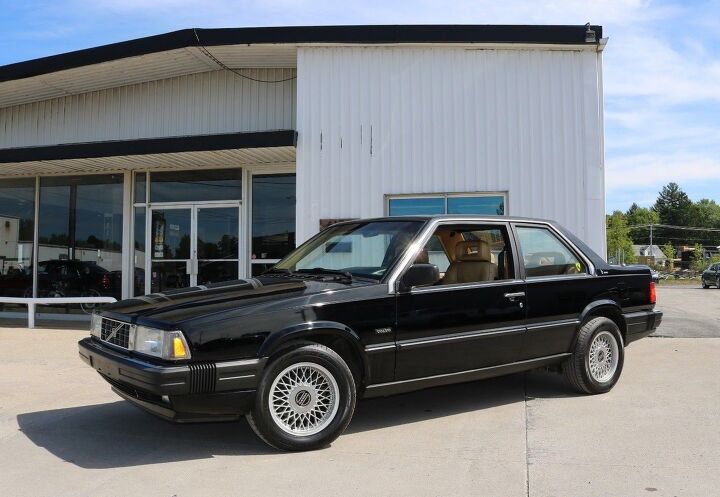

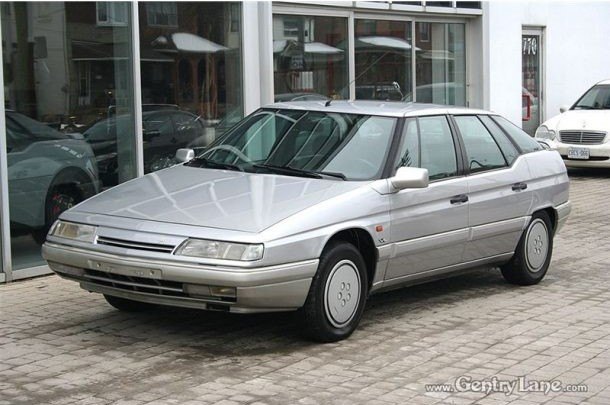
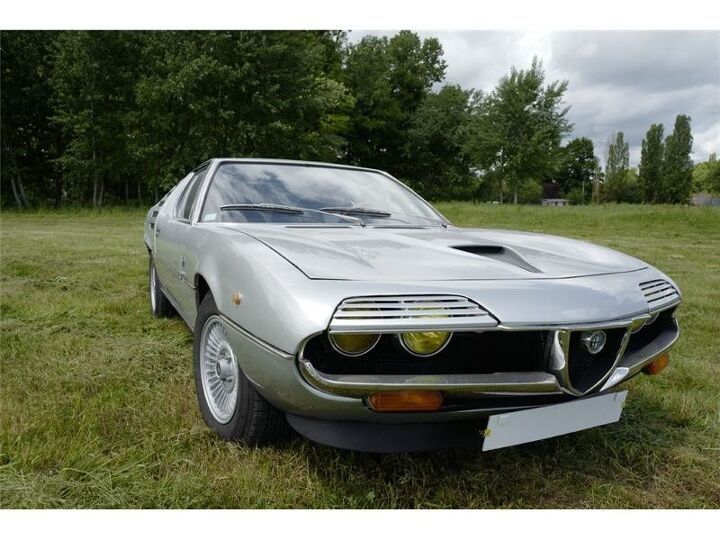












Recent Comments